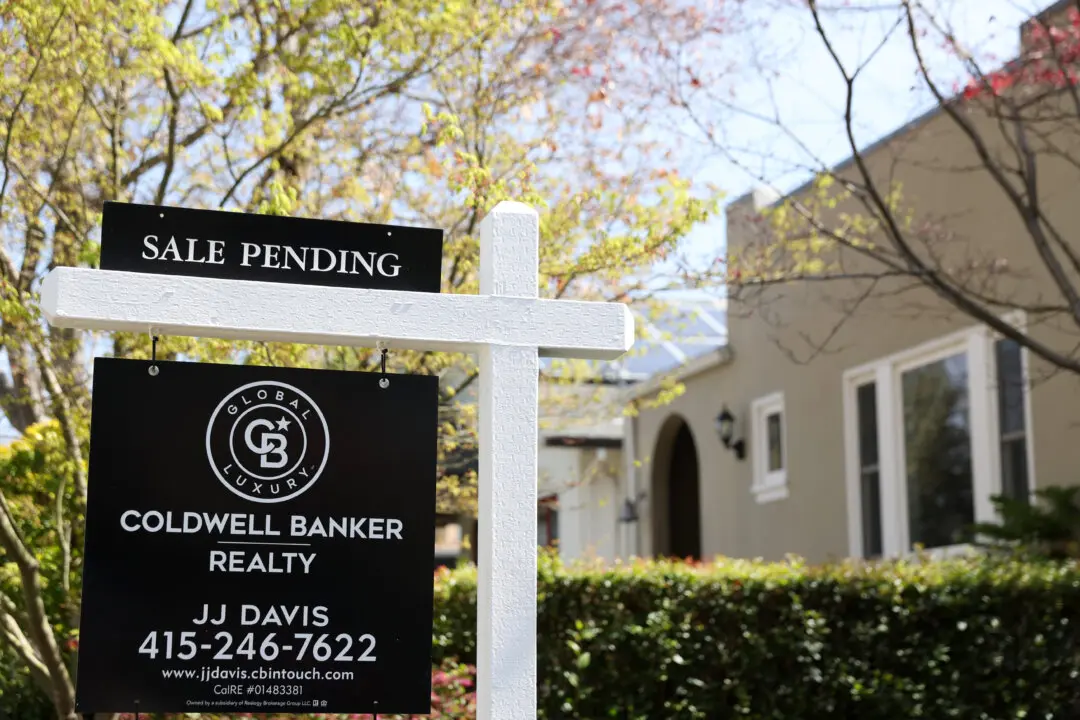U.S. mortgage applications have decreased 6.8 percent from the week before, according to data from the Mortgage Bankers Association’s (MBA) Weekly Mortgage Applications Survey for the week ending March 25.
The drop in applications comes as mortgage rates rose for another week, hitting current borrowers who were applying to refinance, but demand from homebuyers still remains steady.





